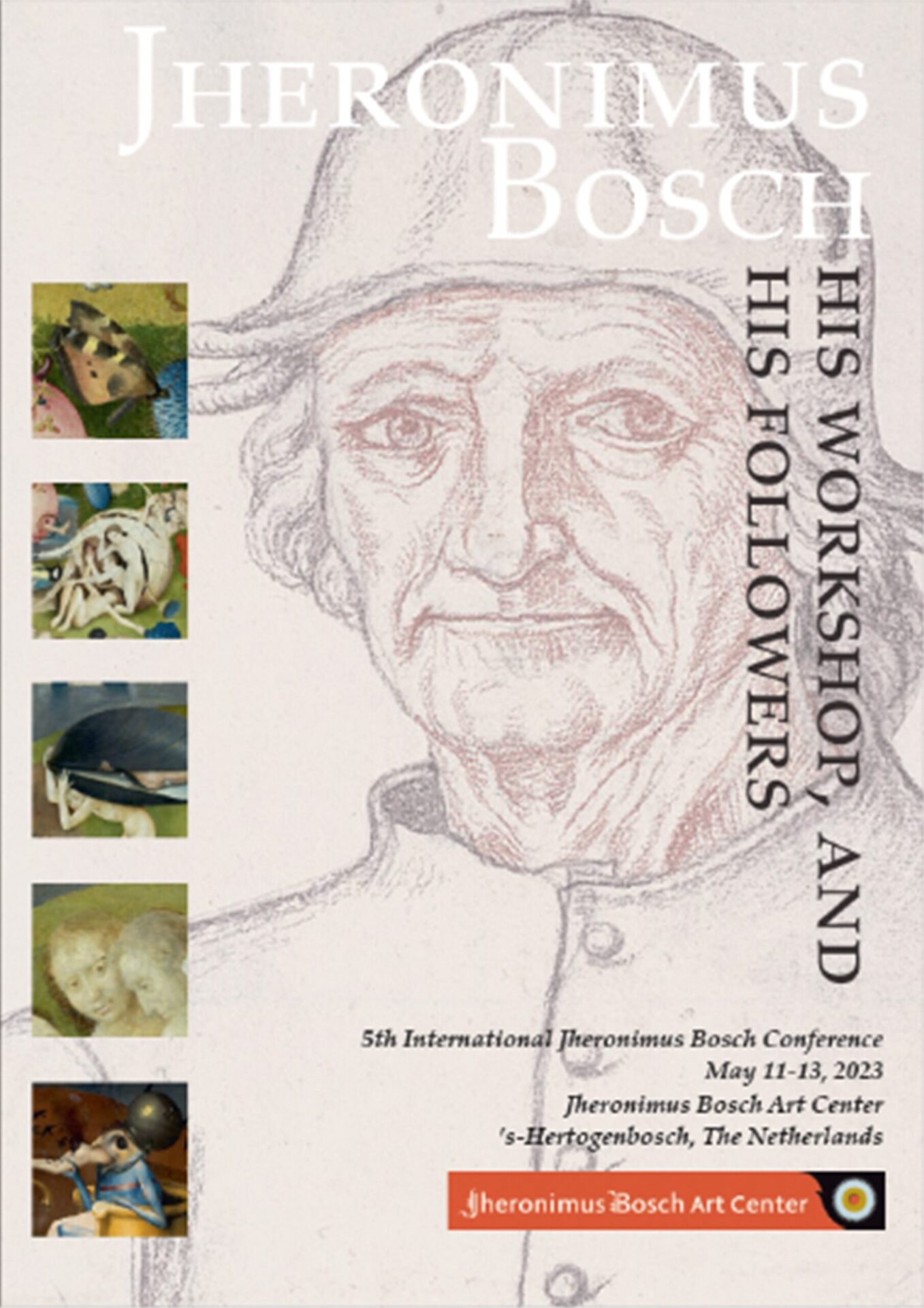
Nies 2023b
“Facing the end of time – The work of Jheronimus Bosch considered in the context of apocalyptic eschatology and the reform movements”
(Frans Nies) 2023
[in: Jos Koldeweij and Willeke Cornelissen (eds.), Jheronimus Bosch – His Workshop and His Followers – 5th International Jheronimus Bosch Conference, May 11-13, 2023, Jheronimus Bosch Art Center, ’s-Hertogenbosch, The Netherlands. Jheronimus Bosch Art Center, ’s-Hertogenbosch, 2023, pp. 254-275]
This paper offers a handy, concise summary of the insights presented in Nies’ dissertation (see Nies 2023a), at least partially – namely in as far as the art of Bosch is concerned. The late Middle Ages, the period in which Bosch lived, were characterized by a deep fear of the end of times and of the coming of the Antichrist, and this is reflected in his works. Bosch’s Last Judgment triptychs (Bruges and Vienna) deviate from traditional iconography because we do not see the dead rising from their graves and because almost everybody ends up in Hell. According to Nies, when painting these triptychs Bosch was mainly inspired by the Revelations of St John, chapter 20, where the elected are said to be the first to rise from death (the so-called ‘first resurrection’) and where it is stated that after thousand years the devils will battle against the followers of Christ. Only after that will the Last Judgment begin.
The main subject of the central panels of both triptychs is not the Last Judgment, but the Apocalypse, the chaos which precedes the Last Judgment. The few souls that are being saved in the central panels are the elected from the first resurrection who go straight to Heaven, and the left panel in Bruges, representing Earthly Paradise, shows the purified souls of those who have not committed too heavy sins, an idea that was probably inspired by the writings of Dionysius the Carthusian. Evil (still) plays a role in both left panels (Bruges and Vienna), by which Bosch wanted to express that evil was present in creation from the very beginning. Convinced of the impending end of times, Bosch (or his commissioner) saw the period just before the Last Judgment as an image of his own times and wanted to warn of sinful behaviour, i.a. that of the clergy. This criticism of the clergy announces the Reformation. A similar message underlies both Bosch’s Haywain and Garden of Delights triptychs.
The lost central panel of which the Ship of Fools (Paris) and Death and the Miser (Washington) were the side panels, probably showed a conventionally rendered Last Judgment. The so-called ‘Fourth King’ in Bosch’s Epiphany triptych (Prado) is the Antichrist, who was sometimes considered a ‘pseudo-pope’, which explains the papal tiara-like crown he is holding. The Three Magi could be related to the three kings (of Egypt, Libia, and Ethiopia) who according to tradition will join the Antichrist in his war against the Church, but eventually the triptych does not seem to be meant as a criticism of the pope (see the role of the good pope Gregory the Great in the outer wings).
For a more elaborate summary and further comment, see Nies 2023a.
[explicit December 7, 2024 – Eric De Bruyn]